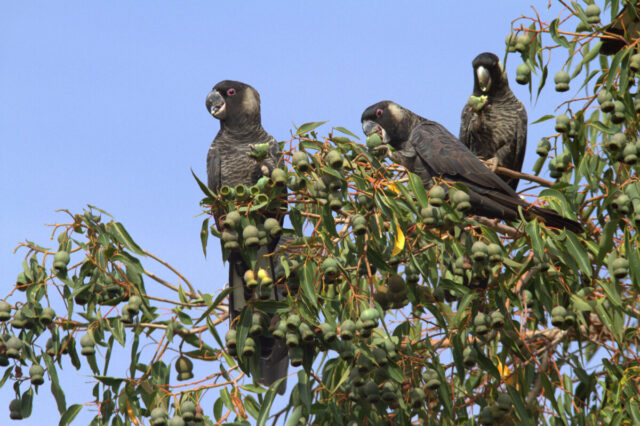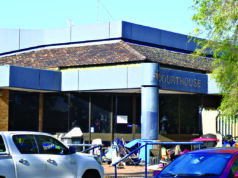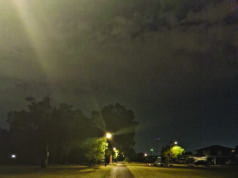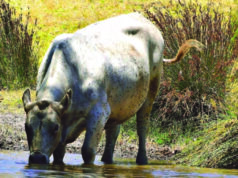Non-government organisation Invasive Species Council (ISC) has welcomed the federal government’s $2.8 million funding announcement to strengthen bird flu biosecurity across captive breeding threatened species programs.
The federal government said the announcement was a vital step in national preparedness for the H5 avian influenza.
The funding was delivered through the Zoo and Aquarium Association and would support 23 facilities across Australia.
ISC policy director Dr Carol Booth said the funding was exactly the kind of forward-looking action Australia needed to prepare for wildlife emergencies before they hit.
“Protecting captive-breeding programs is a critical step – many of these species, like the regent honeyeater and orange-bellied parrot, are already on the brink,” she said.
“But while this funding will help safeguard animals in captivity, we now need the same level of urgency and coordination for protecting wildlife in the wild – particularly in high-risk areas like wetlands, seabird colonies and coastal haul-out sites for seals.
“Since arriving in South America in late 2022, bird flu has killed more than 30,000 South American sea lions, 17,000 southern elephant seal pups and unknown numbers of porpoises, dolphins and otters, as well as at least 650,000 native birds.”

Dr Booth said Australia was the last continent still free of the H5 avian influenza.
“We have a rare window to get ahead of it,” she said.
“If we wait until H5N1 is here, it will be too late,” she said.
While the nation is still free of the virus, Australia is home to more than four million birds, according to Birdlife Australia’s 2024 Aussie bird count.
A Shire of Serpentine-Jarrahdale report said Byford’s Brickwood Reserve was inhabited by 28 bird species due to its Foothills soils, Pinjarra plain and Bassendean sands.














